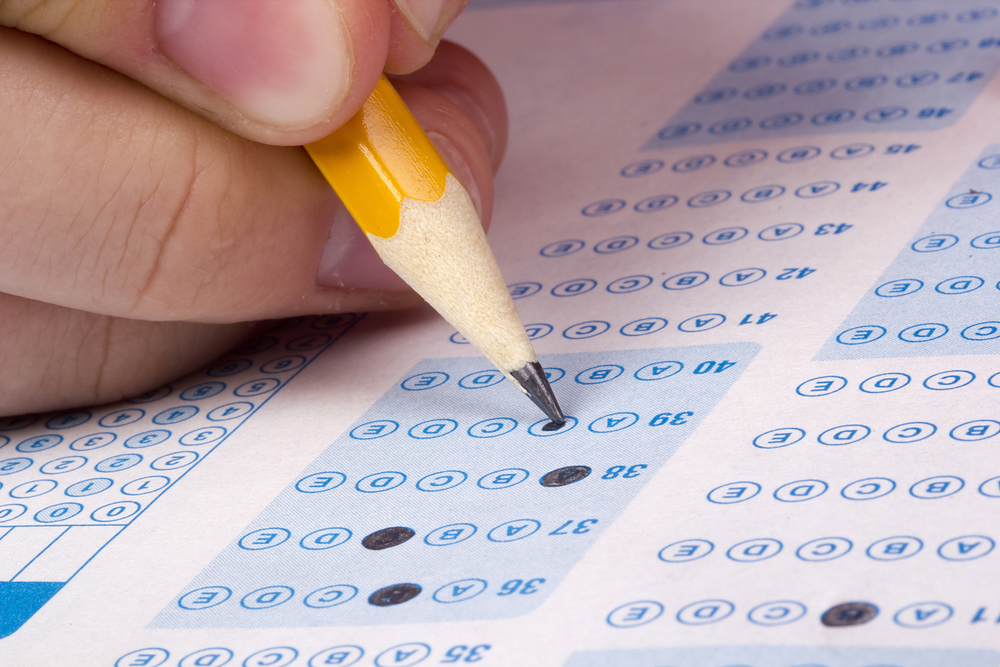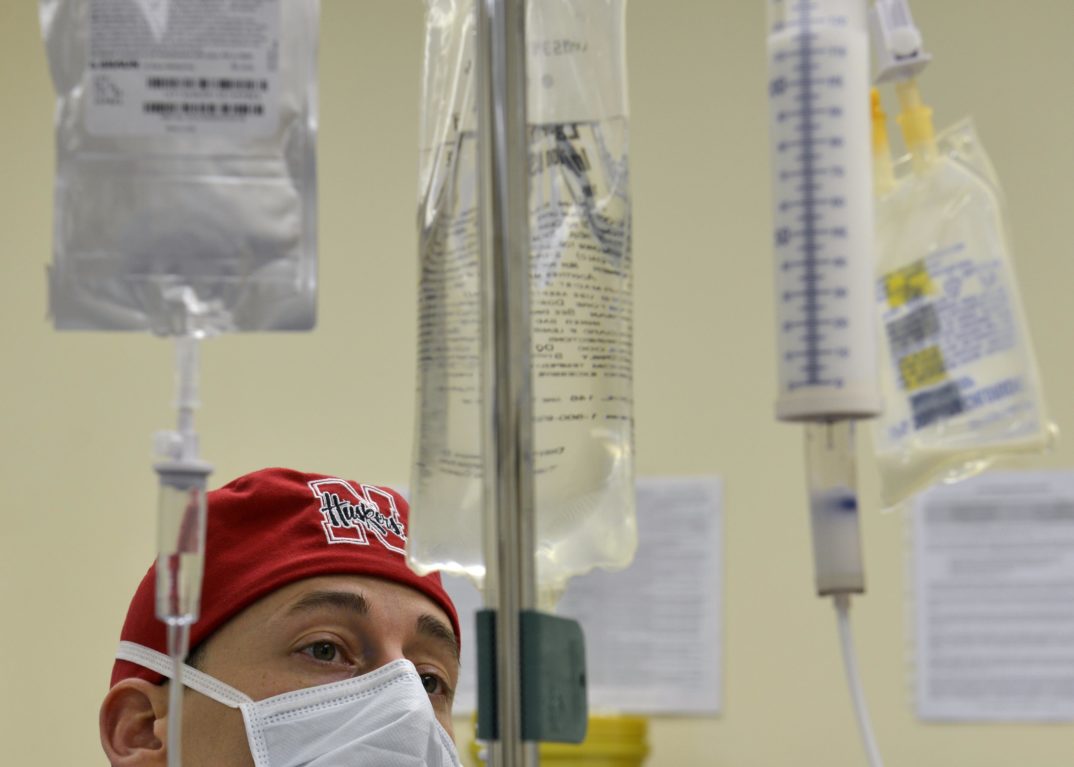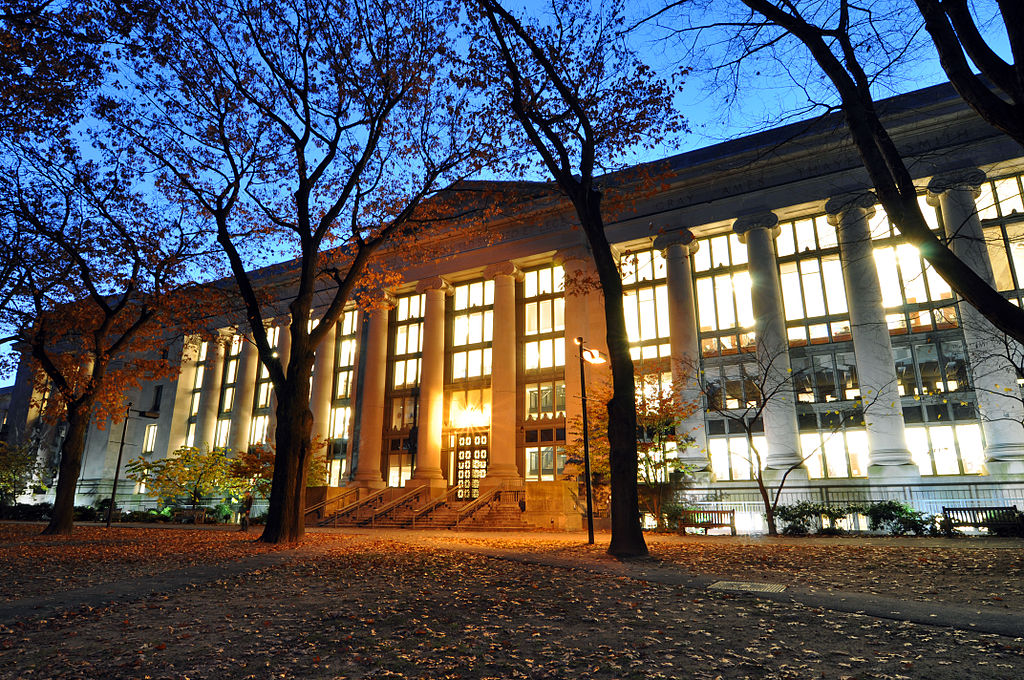The New York Times reports that for every 10 grades assessed to undergraduates at Yale during the last academic year, 8 were either an A or an A minus: corresponding to an increase in average GPA by nearly 0.3 points since the turn of the century, up to 3.7 from 3.42. This comes after similar patterns were uncovered at Harvard in early October, and a series of university professors were fired over their poor grade distributions: including one at Spelman College last month and a high-profile case last year at New York University.
There are many ways in which to understand these popular controversies: perhaps the problem is grade inflation, or students are struggling following the pandemic. Such theories are important to discuss, and significant attention has been devoted to them since the pandemic. However, there is an observation which we might make here, raising questions with implications spanning pre-K through graduate school: disagreements over low test scores and increasingly high grades are often disagreements over the very purpose of education, and the role it plays in our larger society. The question at the heart of the matter is deceivingly simple: who should get an A?
When asked this question, two categories of answers may come to mind. The first, and perhaps most common, is: the students who understand the material exceptionally well. The entire idea of grading on a curve is based on this premise: for any given class, a group of students will understand the material exceptionally well, a group will understand it exceptionally poorly, and most will fall somewhere in the middle. Under this scheme, grading — and, by extension, education — functions to stratify students: it supposedly identifies the best and most deserving individuals. And, by assumption, someone must always be on the opposite end of the spectrum — for someone to be the best, someone else must always be the worst. This idea, for better or worse, has had an incredibly deep impact on how we, as a society, understand both grades and education more broadly. When grades function to stratify, good grades become the instrument of meritocratic advancement up the socioeconomic hierarchy.
The logic here will be familiar to any high school student, having been echoed for years. To get a good job, you need good grades in college, and to get into college, you need good grades in high school; and to get the best grades in high school, you need to do after school tutoring in elementary school, learn to read as early as possible, and so on. When good grades are a primary vehicle for socioeconomic security, education becomes a bloodsport for which training must begin as early as possible. On this view, the awarding of A’s or A-‘s to 80% of students – as Harvard and Yale and others have done – is an unacceptable obfuscation of who has won; grades no longer function to establish the differentiation which our broader economy relies upon.
But mixed in our social consciousness is another concept of grading, built on a different idea of education. Perhaps the student who should get an A is the student who satisfied, to the fullest extent, the expectations of the course. The key difference between this notion and that described above is that, here, everyone can get an A so long as all students satisfy those expectations. Imagine, for example, you’re teaching a class on accounting, designed to introduce students to basic concepts in Microsoft Excel and prepare them for higher-level coursework which will require a basic set of skills and a common vocabulary. If this is the goal of the course, then there is no reason that every student shouldn’t get an A: if the goal is for students to develop certain skills, then it only matters that the goal is met, and the degree to which those goals are surpassed is superfluous to the purpose of the course. With realistic goals, proper teaching, and appropriate effort, every student will develop those skills, and the course will have fulfilled its educational mission. Under this scheme, grading functions to indicate competency, and education functions to cultivate it; education is not about sorting students, but rather, uplifting them as a group.
This may seem to be a radical idea of education’s purpose, but I’d argue that the idea is more common than one might think. The idea of educational standards, both at the federal and state level, is built on this idea of education: that a graduate of high school, for example, should have certain competencies. It is also why grading entirely on a curve is uncommon — if the best student gets a 98% and the worst gets a 95%, it hardly seems appropriate to award an A to the former and an F to the latter — and, further, why educators are often blamed for their student’s poor grades: we expect professors to teach all students a set of material, not merely succeed in stratifying their students into the best and worst.
Across education, we can see these two ideas of the educational mission — education as stratifying and education as uplifting — coming into conflict with one-another. Perhaps they even co-exist within most grading systems, where a C is intended to indicate competency and an A indicates exceptional understanding. But even though we may be intuitively familiar with both, I think there’s reason to take the conflict between them seriously: I would argue that not only do these two concepts of education conflict, but that they’re fundamentally at odds with one another. If stratifying students requires always failing some, then education cannot simultaneously function to uplift all students; and if uplifting all students requires providing second and third chances, then grades and education cannot play their fundamental role in our society’s larger economic system. This is exactly what has happened in medical education when the first United States Medical Licensing Exam was transitioned from a scored system to a simple pass/fail: when this change was finalized, residency program directors lost their primary metric for deciding which medical students to interview.
But we can also understand this conflict at a different level. Take the perspective of a professor. Very few educators want to be the gatekeepers of socioeconomic privilege, and most find the idea of failing students unpleasant, especially when those students make a genuine effort: most professors want to teach, to uplift their students, share their passion for the subject they have devoted their life to studying. Take the perspective of a student. In a stratifying educational system, students are actively punished for helping their classmates, and are tacitly encouraged to undermine other students to increase their standing in the grading hierarchy; in an uplifting system, no such incentives exist, and collaboration is tacitly encouraged.
Grading controversies are, fundamentally, a debate which happens between these two, radically different ideas about education and the social role it should serve. Should education uplift all, or determine who can go on? Should education be rigorous and challenging, or designed to accommodate the flourishing of students? These are not easy questions, but they are questions which we will continue to face until the contradiction inherent to modern education is resolved.






